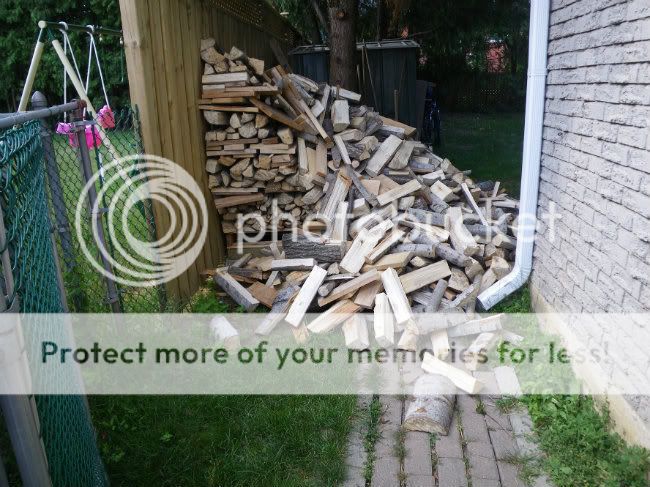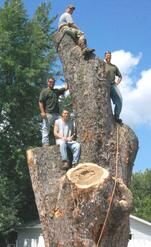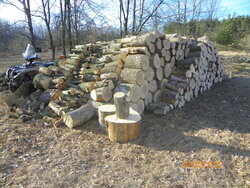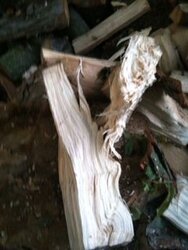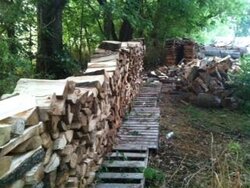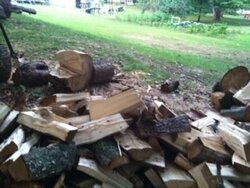I got over 1/2 a cord of birch this spring from a windy area, nothing straight, lots of twisted grain.
PIA to split, lots of knots. Not any straight grained wood. But it will be good fire wood.
Short stacked 2 rows with long stick tying the 2 rows together for stability. Still standing
Even the spruce from that area were twisted (stack behind 1st pic)
Know what you mean, pictures don't show how bent, twisted, crocked it really is.
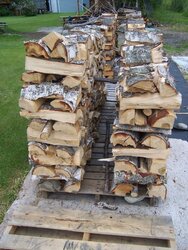
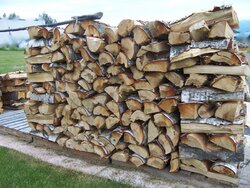
PIA to split, lots of knots. Not any straight grained wood. But it will be good fire wood.

Short stacked 2 rows with long stick tying the 2 rows together for stability. Still standing

Even the spruce from that area were twisted (stack behind 1st pic)
Know what you mean, pictures don't show how bent, twisted, crocked it really is.




